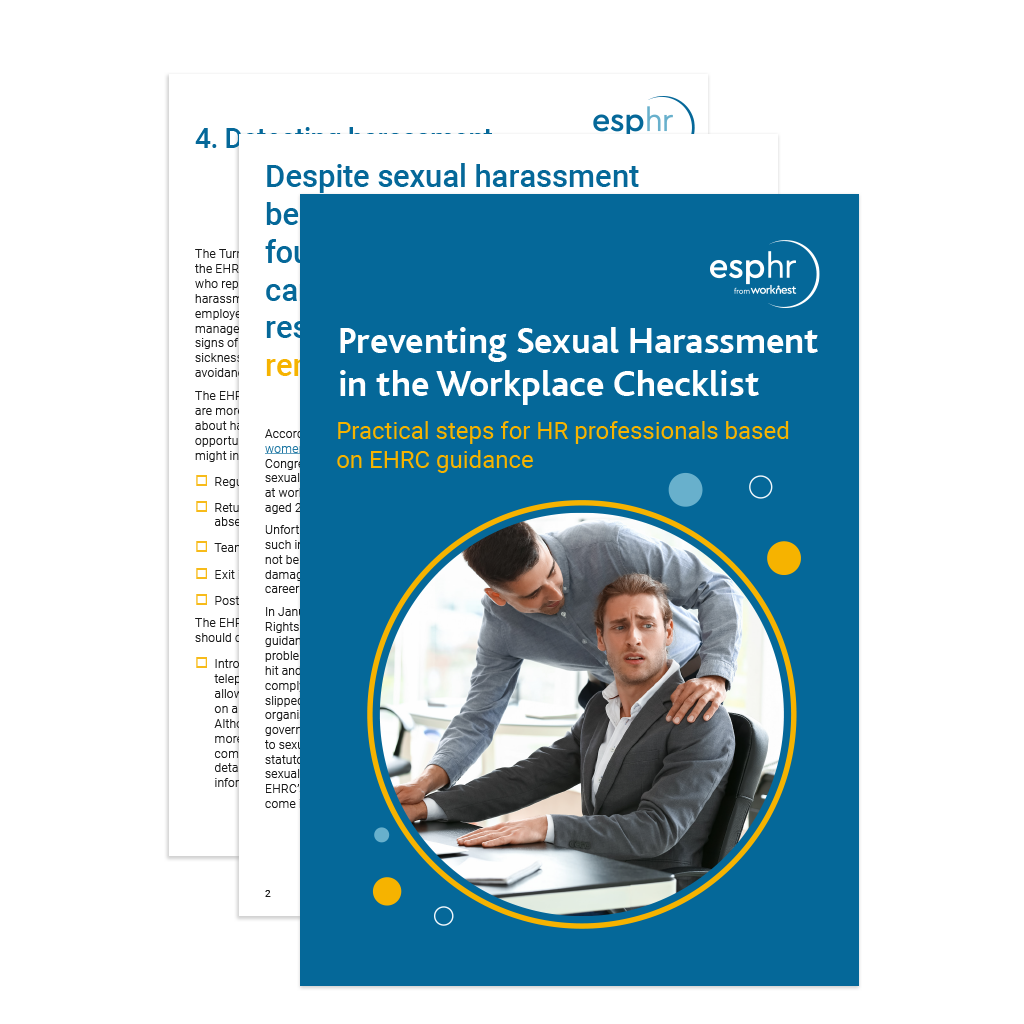The words ‘sickness absence’ can strike fear into the hearts of employers and HR Professionals. It’s certainly becoming more of a pressing issue for UK organisations given the current financial pressures and a greater understanding of the direct and indirect costs associated with employees taking time off work due to sickness.
Recent studies indicate that employee sickness absence imposes a significant financial burden on UK businesses. In 2023, the hidden cost of employee sickness was estimated at £103 billion, an increase of £30 billion since 2018. With the significant impact sickness absence is having on organisations, the question arises as to what measures employers and HR professionals can take to manage absence.
Developing a well-defined sickness absence policy is a great place to start. This policy can help support employees’ health requirements while providing clear and consistent guidance on when absence reaches unacceptable levels, unauthorised absence or improper use of sick pay schemes.
What should a good sickness absence policy include?
The primary objective of a sickness absence policy is to establish a transparent framework for reporting, handling and documenting sickness absences.
You should therefore start by establishing what you expect from your employees. Setting out your expectations will allow employees to know they will be supported during their absence, when absence may become an issue of ill health capability and that disciplinary action may be taken where appropriate.
1. Clear sickness absence notification process
Your sickness policy should outline the procedure that employees must follow when they are unwell. It should provide answers to the following queries:
- How should employees notify you that they will be absent from work? Do they need to call, text or email? Can someone do this on their behalf or must it be done themselves?
- Who do they need to contact?
- When are they are expected to contact you by? You may ask that they let you know by a certain time in the morning or a certain number of hours before their shift starts.
- When do they believe they will be well enough to return to work?
- Finally, what are the consequences if employees don’t follow these rules?
Having clear rules will help to ensure you’re notified of all employee absences, provide enough time to rearrange cover and help you anticipate when the employee is likely to return to work.
2. Required documentation for sickness absence
If the absence lasts up to seven calendar days, the employee can provide a self-certificate of the illness. However, if the absence continues for more than seven calendar days, the employee must provide a Statement of Fitness, known as a Fit Note. This will typically come from their GP but could also be provided by nurses, occupational therapists, pharmacists and physiotherapists.
3. Sickness absence trigger points
You may find it useful for your sickness absence policy to set out benchmarks, commonly referred to as trigger points, to assist you in determining the unacceptable levels of frequent or short sickness absence and ensure consistency of practice in your organisation.
There are two suggested ways to do this:
Firstly, you could simply establish a threshold for the number of days or occurrences of sickness within a specific period. For example, ‘X days in X months’ or ‘X occasions of sickness in X months.’
Secondly, you could trigger the process when an employee’s absence reaches a predetermined ‘Bradford factor’ score. This approach prioritises the number of absences over their duration and a high number of short absences will result in a much higher score than fewer, longer absences.
Regardless of the method chosen, the absence triggers you set must be understandable, reasonable and known to both employees and managers to monitor employee absences efficiently.
You will also need to determine the consequences once those triggers are met. Will the employee receive an informal caution first? Will repeated absences lead to formal warnings and ultimately dismissal?
Remember that the absence management process will operate separately and independently of any disciplinary procedure and that caution should be exercised in applying these thresholds or trigger points regardless, without due consideration of each situation, as the frequent or short sickness absence might be caused by an underlying health condition amounting to a disability.
4. Management of long-term sickness absences
When dealing with longer-term sickness, you will need to have a separate procedure in place. Some points to consider include:
- How should employees keep in touch during long-term absence? Acas recommends agreeing how often the contact should be, in what form, and who the employee should keep in contact with, whether their line manager, another manager or HR.
- When and how will you contact the employee on a welfare basis to determine what support could be offered?
- At what point will you ask for an Occupational Health referral and/ or seeking a report from the employee’s GP.
- What steps you will take to support the employee back to work, such as offering flexible working arrangements, providing training or additional support, or making reasonable adjustments.
- Do you have an Employee Assistance Programme employees can be signposted to, whether their absence is due to a mental health condition or otherwise?
- When dealing with an employee with a disability, there will be different considerations to keep in mind including your duty to consider any reasonable adjustments to support that employee to overcome a substantial disadvantage they are experiencing.
Remember that each case of long-term sickness will be unique and therefore it’s important to approach it on a case-by-case basis, taking into account the individual circumstances of the employee.
5. Sick pay entitlement
Your sickness absence policy must state what your sick pay arrangements are.
It must outline what the employee will receive, whether they are entitled to contractual sick pay or Statutory Sick Pay (SSP), and for how long. As of 6 April 2025, the weekly rate for Statutory Sick Pay (SSP) will increase from £116.75 to £118.75. This rate applies to all employees, regardless of their earnings. The daily SSP rate depends on the number of ‘qualifying days’ an employee works each week.
How to ensure your policy is understood
Even the best policy is ineffective if employees don’t understand it. Effective communication and training are crucial for ensuring all employees understand and follow your sickness absence policy. This could start with new employees during your onboarding/induction process and continue as and when significant changes are made to your policy.
Ensure that all employees know where to find the sickness absence policy, whether it’s in their Contract of Employment or another accessible location such as the Employee Handbook or company Intranet.
Getting employees to sign a receipt acknowledging that they have read and understood the policy is also good practice. This will minimise issues arising from employees claiming ignorance of your rules, such as not knowing the proper way to inform their manager of their absence.
Line manager capability is key
Finally, a pro-active and effective management approach should complement your sickness absence policy. Ensure your line managers understand all the relevant procedures in the policy and know exactly what to do if an employee is off sick. This will ensure that employees are treated consistently and fairly when they take sick leave.
Managers should also be monitoring staff absence, as this will enable them to spot certain trends or patterns and take action to rectify the problem. Software such as PeopleNest from our sister company WorkNest, makes monitoring employee absence much easier.




